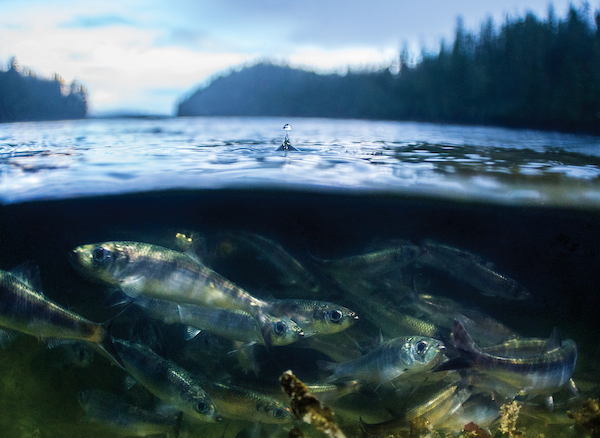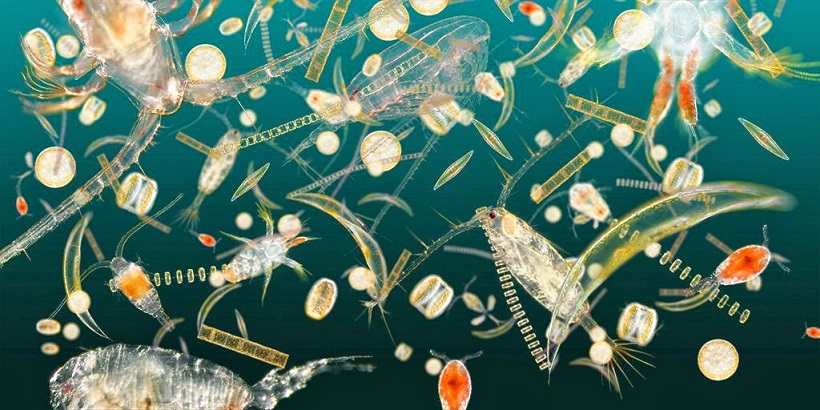
Molecular techniques and teamwork are giving scientists an unprecedented look into the plankton dynamics in the Strait of Georgia. Blog post IOF blog post
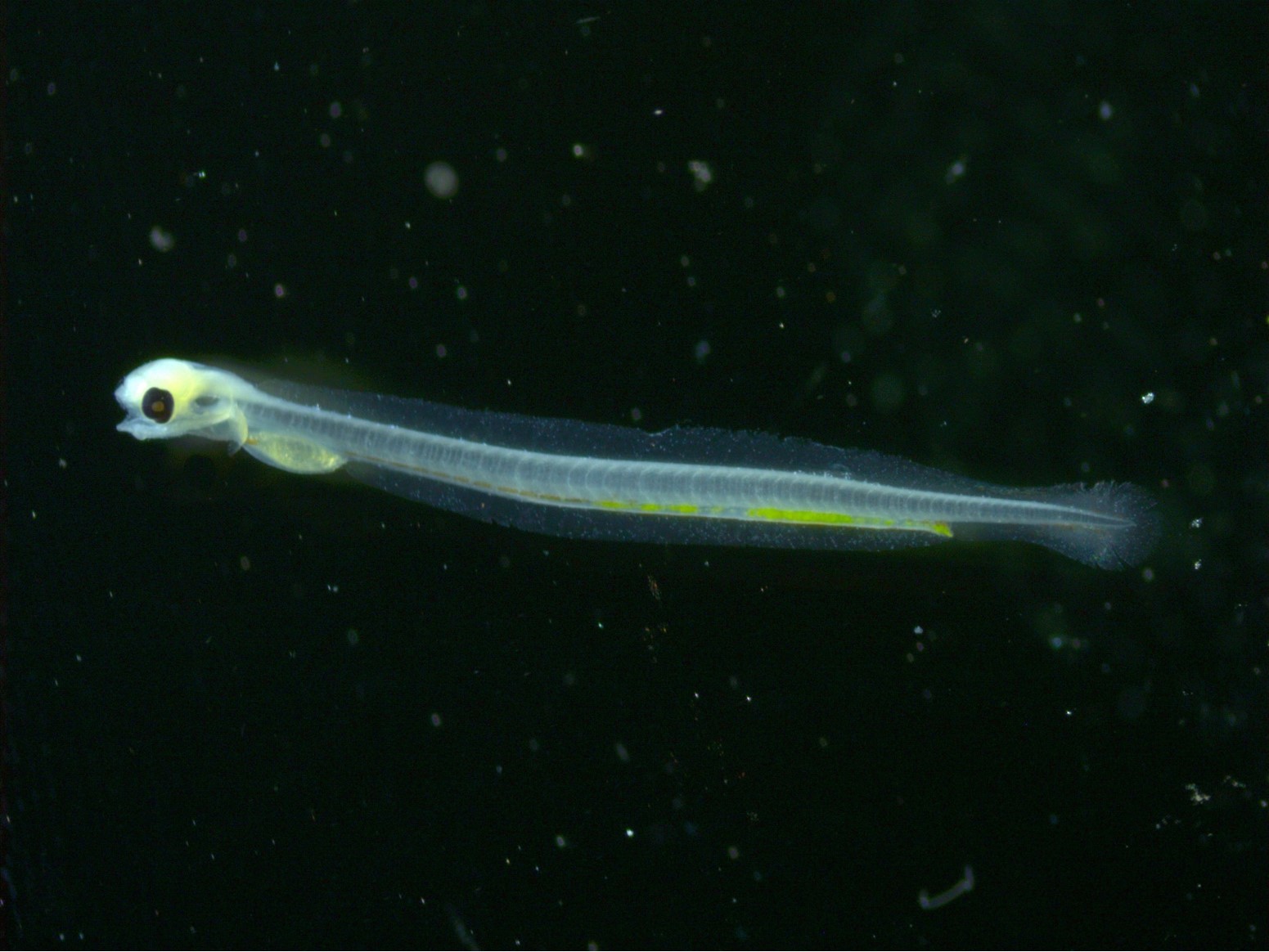
In January 2019 the Pelagic Ecosystem Lab launched a new project to determine the baseline concentrations of microplastics in Baynes Sound, Strait of Georgia, and the uptake up microplastics by zooplankton and herring. Bayne’s Sound is the most important spawning and rearing habitat for herring in British Columbia. This project is a collaboration with the […]
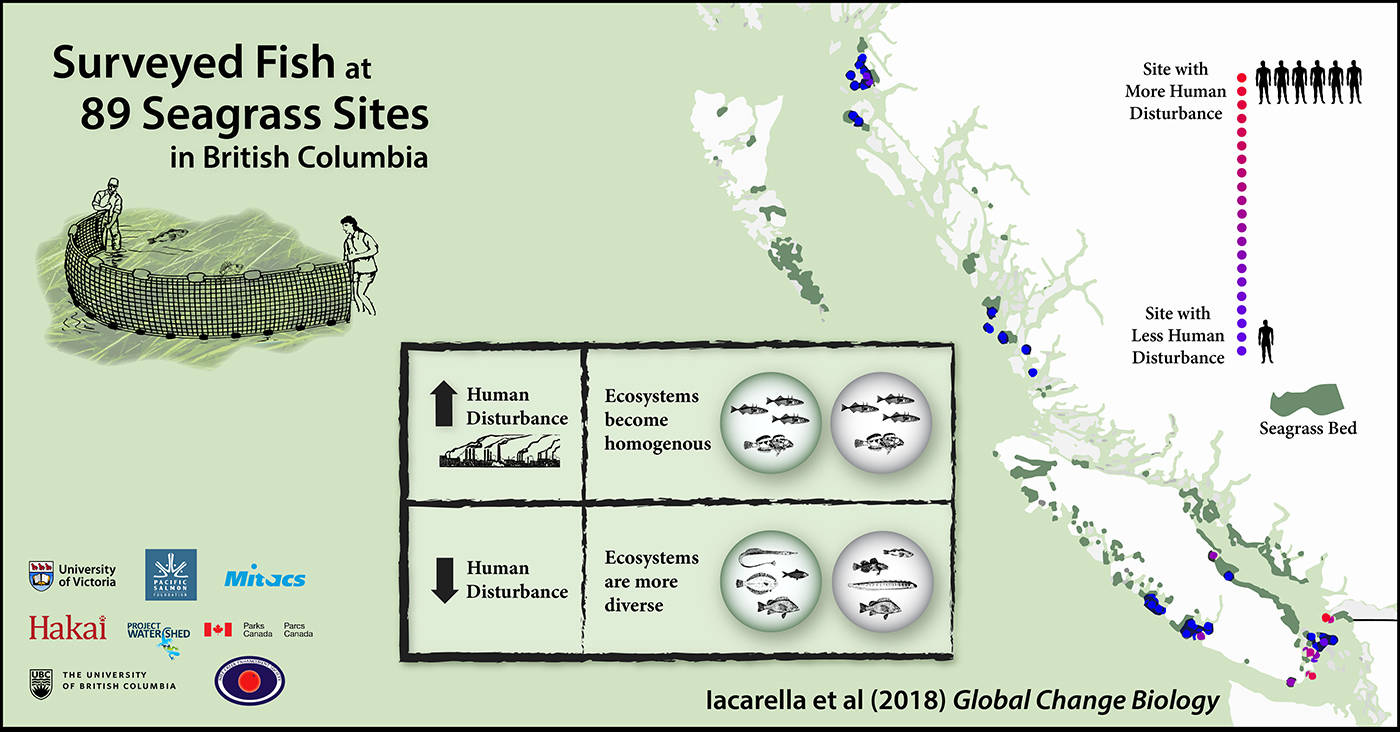
While human activity is known to impact a variety of ecosystems, the effect of human activity on coastal biodiversity is largely unknown. Coastal seagrass meadows are important nursery grounds for commercial and ecologically significant fish species. Globally, these ecosystems have declined at an average rate of seven per cent a year since 1990, making their […]
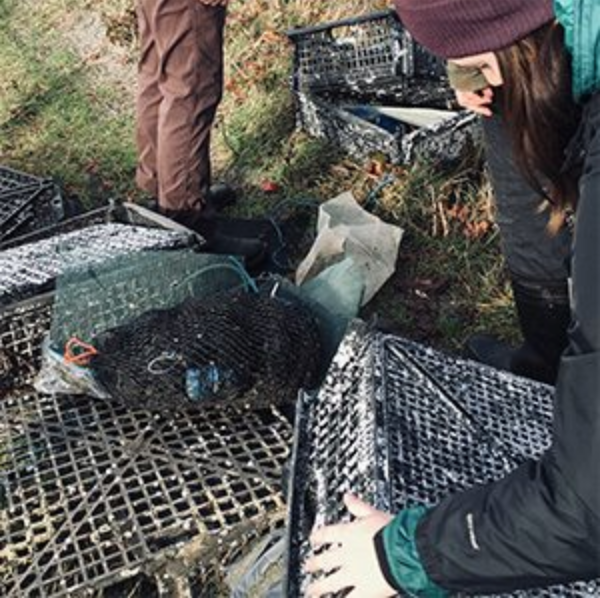
Microplastics are one of the most pervasive global pollutants, and their presence in our oceans is a cause for great concern. As the name says, these are micro particles, less than 5mm in size, that have either been deliberately manufactured (e.g., microbeads in cosmetics), or emerge as larger plastics break down (nets, bottles, bags, clothing, […]
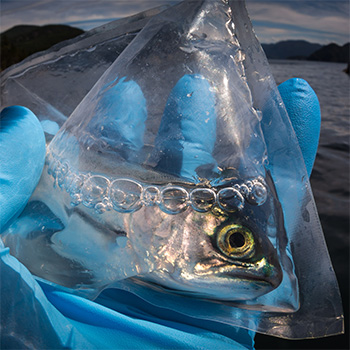
Updates from Hakai’s Juvenile Salmon Program The first months at sea are a critical time for salmon, potentially having significant impacts on stock recruitment. With this in mind, the Hakai Institute’s Juvenile Salmon Program is investigating the factors affecting juvenile salmon across two critical sections of the Fraser River salmons’ northward migration; the Discovery Islands […]
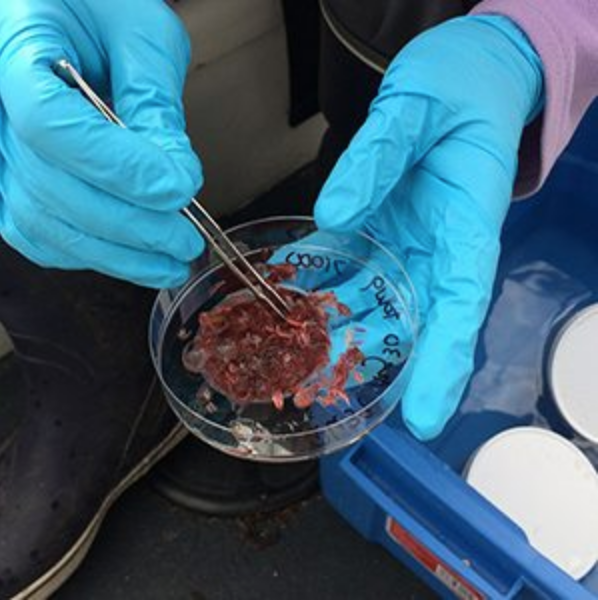
The Hakai Coastal Initiative’s Marine Food Webs Working Group is a collaborative research unit that aims to understand how marine food webs operate, with a particular focus on British Columbia’s coastal ocean. Started in August 2018, the Group is projected to run for several years. This initiative is spearheaded by Brian Hunt from the University […]
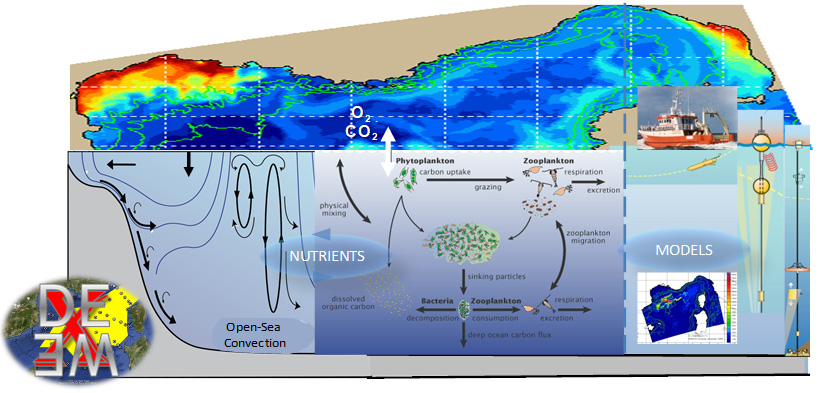
Biochemical tracers show that microphytoplankton (diatoms) never contributed more than 20% to zooplankton biomass in the Gulf of Lion (Mediterranean), even during diatom blooms. In contrast, picophytoplankton contributed 25-65% to zooplankton biomass.
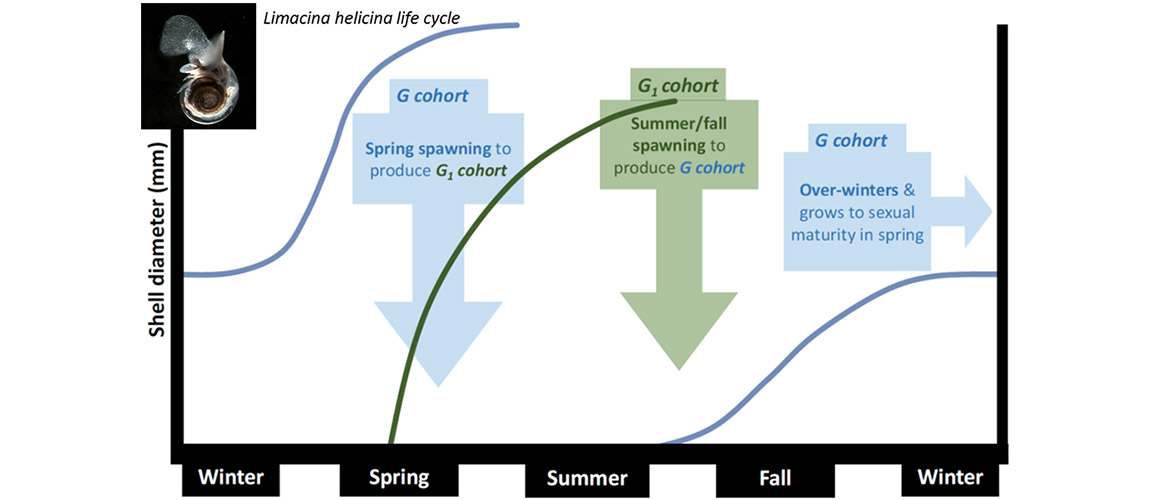
New research shows that the life cycle of Limacina helicina’s comprises two generations per year, not one as previously thought. Read the details here. This has implications for the survival of this species under climate scenarios that impact phytoplankton bloom timing and aragonite saturation states in the surface ocean.

"Licence to Krill" follows an international scientific expedition deep into the pack ice as they search for the reason Antarctic krill have been in dramatic decline.
